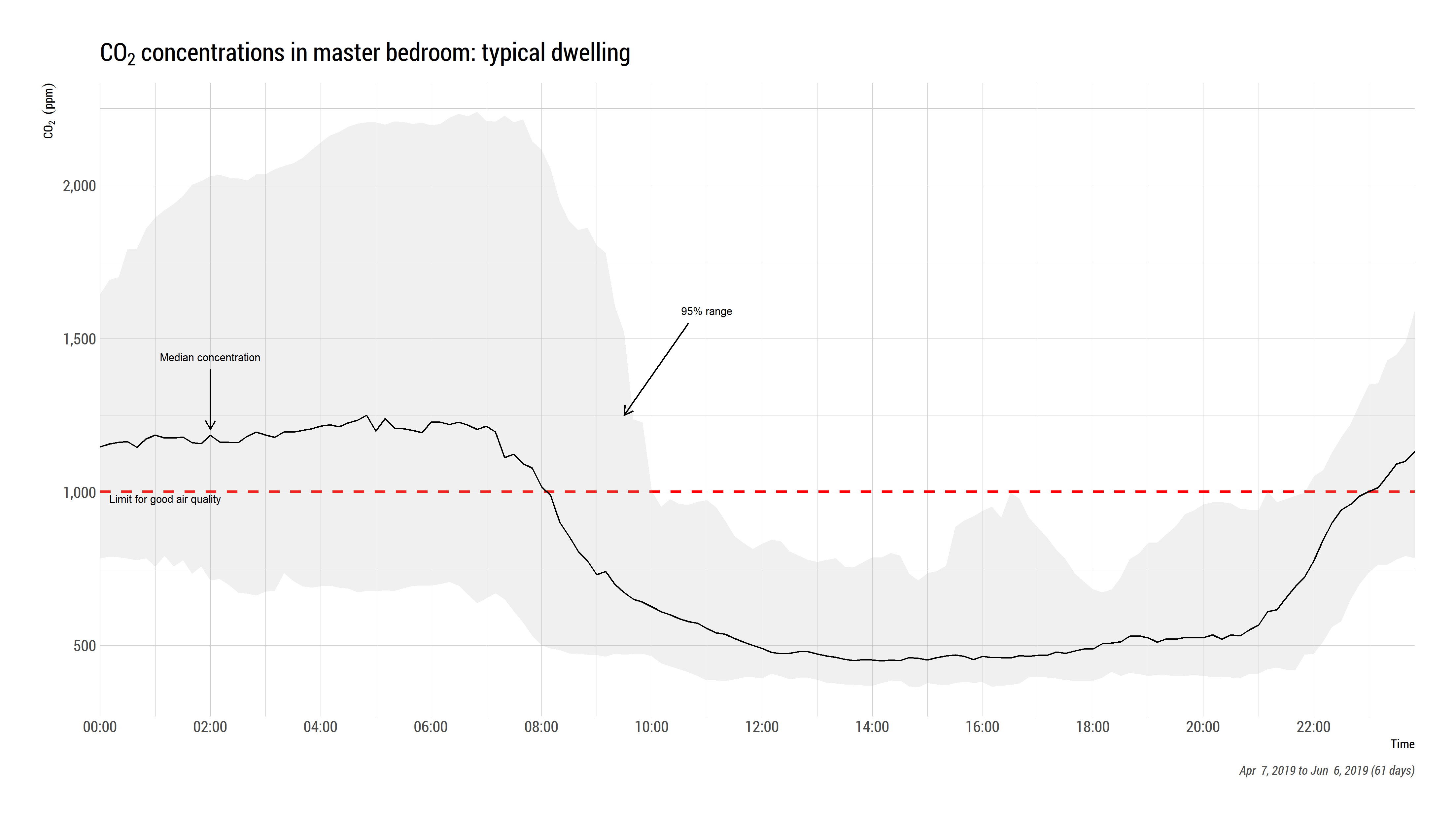If you don't measure, you don't find...



Surprisingly little seems to be known about the indoor air quality and temperature performance of Australian homes. There are any number of questions for which we seem to have little or no data, for example:
Are we getting adequate air ventilation in our homes, and how is that affected by sealing up gaps?
How often is the temperature inside our homes falling outside both (a) comfortable and (b) healthy limits?
Are our homes adequately extracting water vapour such that the relative humidity is both (a) comfortable and (b) sufficiently low to reduce the risk of condensation and mould growth?
Given we spend over 80% of our time indoors, and our homes are our most valuable asset, why don’t we want to know our homes are healthy? Could it be like an ostrich putting their head in the sand?
There are guidelines that provide thresholds around which these things can be measured, for example:
The World Health Organisation recommend temperatures indoors be maintainted with the range of 18 to 25°C, and the Passive House Institute sets more stringent limits of 20 to 25°C.
Carbon dioxide concentrations should be below 1,000 ppm for good air quality according to many online sources (but with little direct empirical justification), although occupational limits are closer to 5,000 ppm (e.g. NIOSH) over an 8-hour period. However, there is evidence that cognitive functioning deteriorates at levels below 1,000 ppm (e.g. 1 and 2).
Particulate matter mass concentrations should be below 25 ug/m3 over 24-hours for fine particulate matter (PM2.5) and 50 ug/m3 for coarse particulate matter (PM10) in outdoor environments. Given we spend the vast majority of our time inside acceptable indoor limits would likely be much lower.
And then it should be feasibly to benchmark between homes using fairly simple metrics like:
Diurnal temperature range: the difference between the maximum and minimum temperatures over a 24-hour period (in Passive Houses we should expect diurnal ranges of well under 2°C)
Decrement factor: the ratio between the indoor and outdoor diurnal temperature ranges; this is effectively normalising the diurnal temperature range to the local conditions.
Proportion of time the building is outside the acceptable temperature and relative humidity range
Proportion of time the carbon dioxide concentrations exceed 1,000 ppm
Proportion of 24-hour periods in which PM2.5 exceeds 25 ug/m3 and PM10 exceeds 50 ug/m3.
An example of the insight that can be obtained is shown below. In this example the CO2 concentrations were obtained over several months in the master bedroom of a conventional home in Melbourne. The home is very poorly insulated and has air leakage consistent with a largely unrenovated 1940s dwelling. The bedroom door was fully open but the windows shut at night, and there were two occupants. Despite the inherent leakiness of the home the CO2 concentration exceeds 1,000 ppm from about 10:30 pm until 8:00 am on most nights, and sits at around 1,200 ppm for around 7 hours every night. On the worst nights it exceeded 2,000 ppm.

